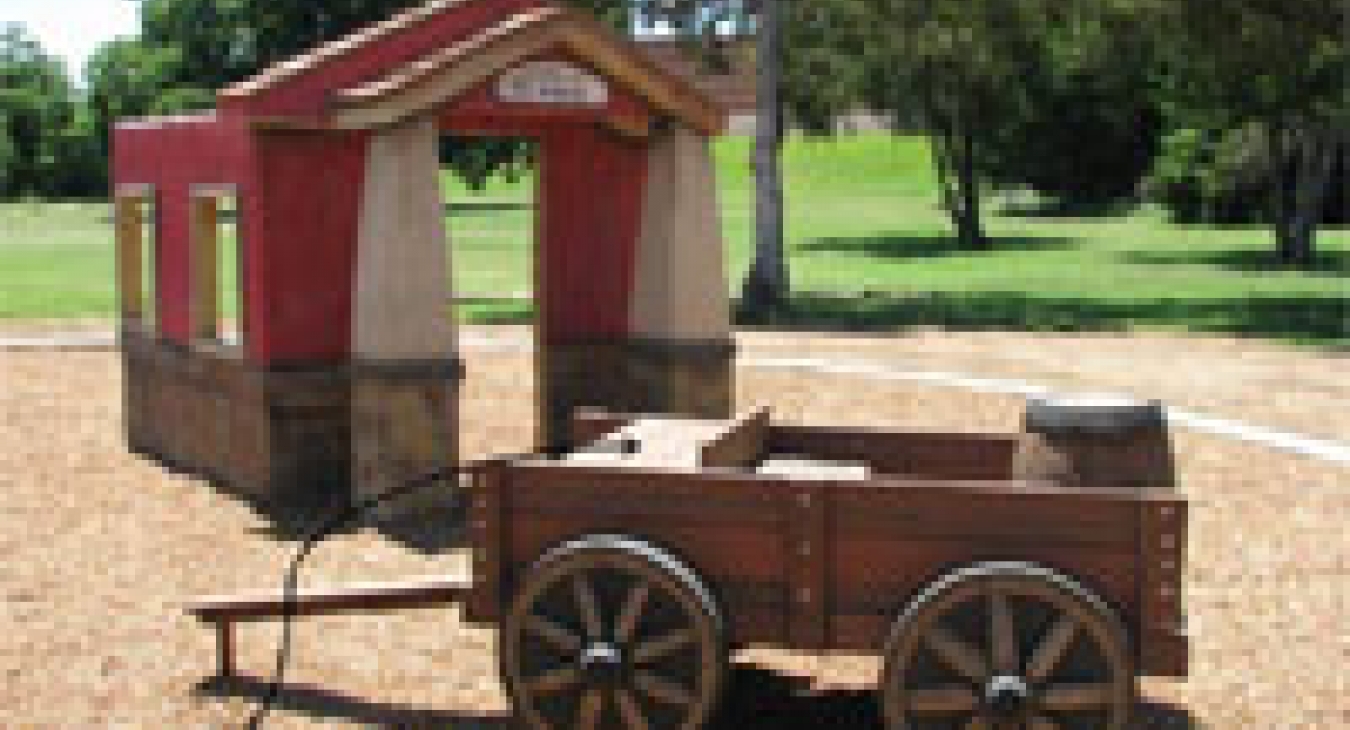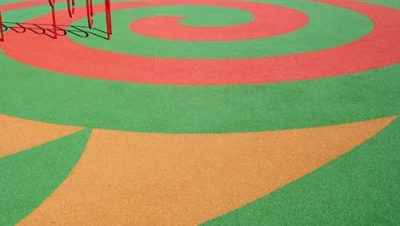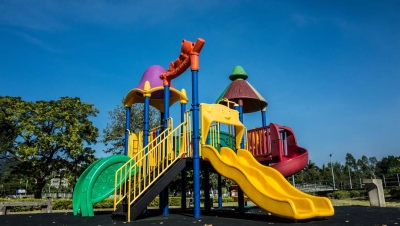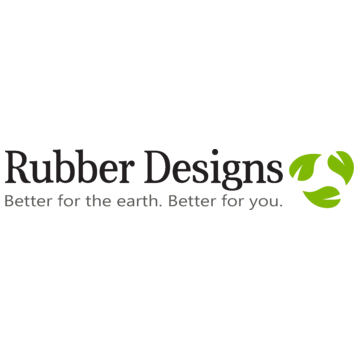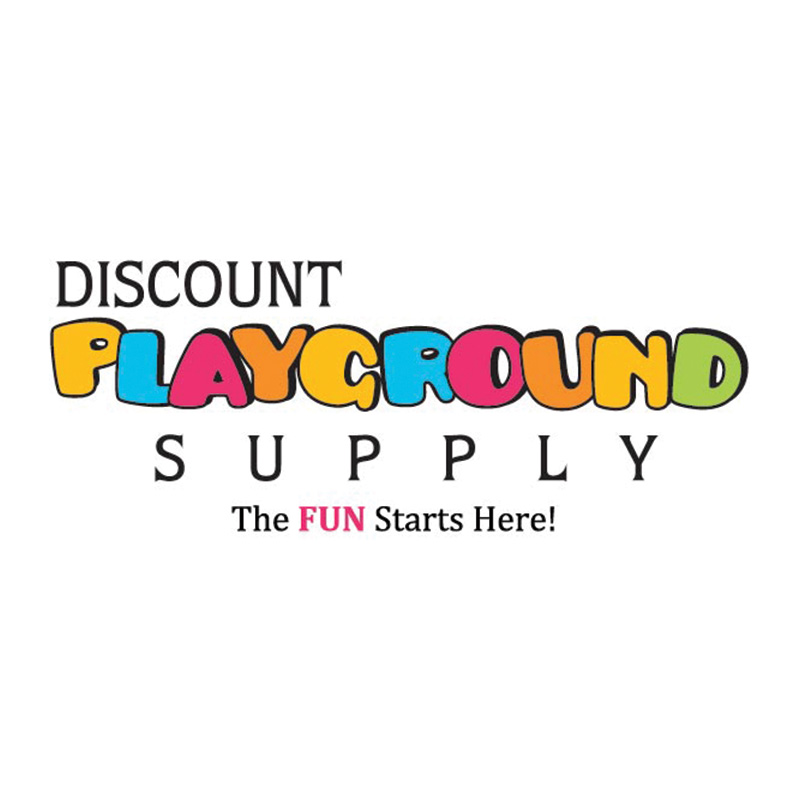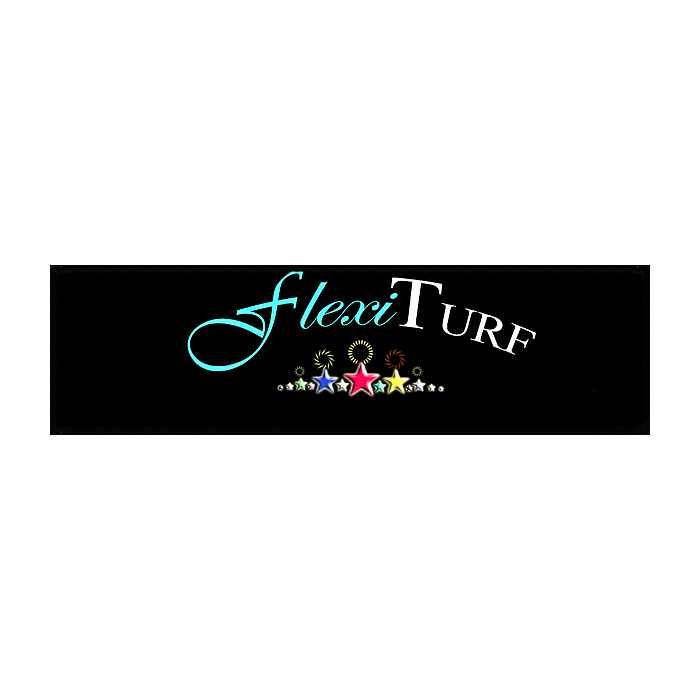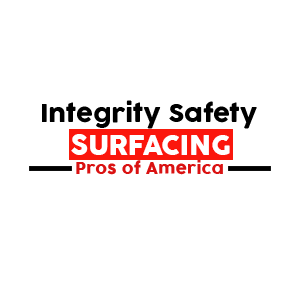Many people have questions about what a designated play surface is and why it is important to playgrounds. As with many playground questions there is no simple answer.
The ASTM International Standard F1487, Standard Consumer Safety Performance Specification for Playground Equipment for Public Use (ASTM), section 3.1.10, and the Public Playground Safety Handbook (CPSC) section 1.8, written by the U.S. Consumer Product Safety Commission, both state that a designated play surface is any elevated surface for standing, walking, sitting, or climbing, or a flat surface greater than 2 inches wide by 2 inches long having less than a 30 degree angle from horizontal.
A main purpose of defining a designated play surface is to help identify the fall height of the play equipment so that we can provide surfacing that will have a critical height that is greater than the fall height. Now, what does all that mean? We want to know at what height on the equipment a child may fall and we want the surfacing under and around the equipment to be able to absorb that fall without critically injuring the child. Lack of understanding of designated play surface is a common error that occurs when designing playgrounds. Many people will ask for a specific depth of materials (for example 10 inches of sand or 3 inches of poured-in-place unitary surfacing). This creates issues because different manufacturers and suppliers of surfacing have products with different absorption abilities. What the designer, owner, or end user should be providing is the fall height, which is defined by the highest designated play surface. With this information, the surfacing provider will know what is required of their materials. The methods for measuring specific types of play equipment fall heights are defined in the equipment sections of the ASTM and CPSC.
Determining the requirements for when guard rails and barriers are needed also requires an understanding of the designated play surface. ASTM 7.5.5 states: Guardrails shall be provided on platforms, landings, walkways, ramps, and similar transitional play surfaces, in accordance with sections 6.1, 7.5.5, and 7.5.6. ASTM section 7.5.6.1 says that protective barriers are required on elevated surfaces greater than 30 in. (760 mm) above the protective surfacing when intended for use by 2 through 5-year-olds, and greater than 48 in. (1220 mm) above the protective surfacing when intended for use by 5 through 12-year-olds. CPSC section 5.1.3 explains: Guardrails or protective barriers should be provided on elevated platforms, walkways, landings, stairways, and transitional surfaces. In general, the younger the child, the less coordination and balance they have, therefore the more vulnerable they are to unintentional falls. Toddlers are the most vulnerable, and equipment intended for this age should use barriers on all elevated walking surfaces above 18 inches. Physical skills develop further in preschool-age children, then more with school-age children; therefore, minimum elevation recommendations for guardrails and barriers increase with each age group. These sections of the ASTM and CPSC require that the designed play surface must be identified to know when guardrails and barriers are required.
The ASTM and CPSC provide general definitions of equipment. These requirements are not designed to limit the creativity of the manufacturers, which means there will be new/different equipment that is not specifically outlined, detailed, and defined, and gray areas that are in need of interpretation will develop. Most major playground manufactures are members of the International Play Equipment Manufacturers Association (IPEMA) and work with that organization and playground professionals to review and provide playground options. Because of the gray areas it is important to discuss specific equipment with the equipment’s manufacturer. For instance, during a playground safety audit, a surface greater than 2 inches wide by 2 inches long and having less than a 30 degree angle from horizontal was found on top of a GameTime Pogo Pole and Rotator. We contacted GameTime/Triple M and Mr. Wesley Sutton, Director of Standards and Compliance for GameTime, was kind enough to provide a letter that outlined their in-depth thoughts and opinions. He justified their position by explaining: “Section 7.5 of the ASTM Standard discusses the need for elevated transitional play surfaces to be surrounded by guardrails, where appropriate. Transitional play surfaces are components that facilitate movement from one play component to another, such as platforms, walkways, ramps, and the like. Section 7.5 also states that climbers and other non-transitional components do not require guardrails unless it is required in section 8 of ASTM 1487. Since neither of the above components are transitional play components nor are required to have guardrails in section 8, these products are compliant with ASTM 1487”. This answers the concerns and keeps product liability with the manufacturer.
In-depth understanding of safety and design issues is vital to helping our children play, learn, and grow on playgrounds. There are a few publications that would be helpful for playground operators, such as the Public Playground Safety Handbook written by the U.S. Consumer Product Safety Commission (2010, November), which is available for download at no cost at http://www.cpsc.gov/PageFiles/116134/325.pdf. The ASTM F1487, Standard Consumer Safety Performance Specification for Playground Equipment for Public Use, can be purchased at http://www.astm.org/Standards/F1487.htm. IPEMA provides 3rd party Product Certification services for U.S. and Canadian public play equipment and public play surfacing materials in the U.S. They service IPEMA-certified member companies, affiliated playground industry groups and anyone with an interest in playground equipment regulations. http://www.ipema.org/main.cfm.


